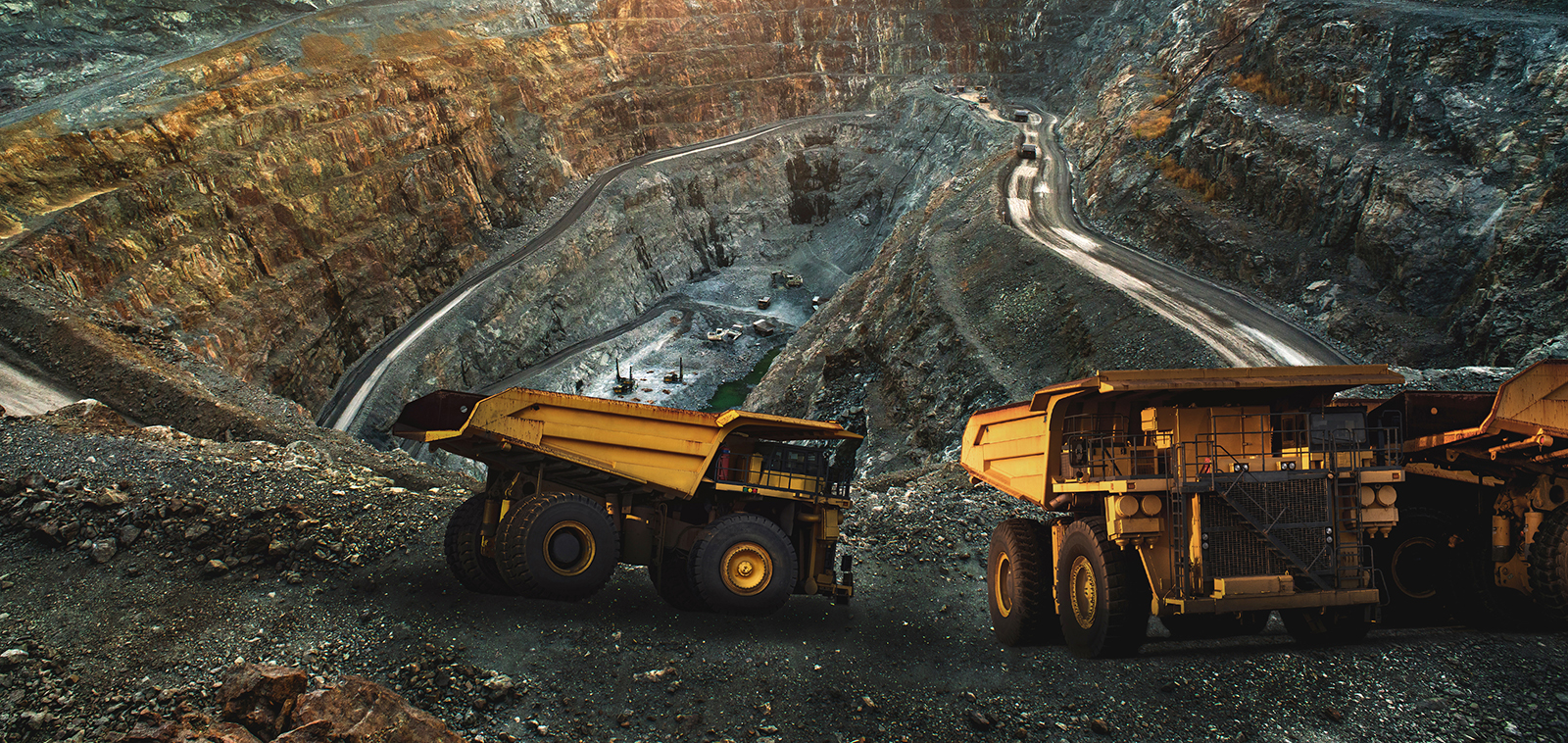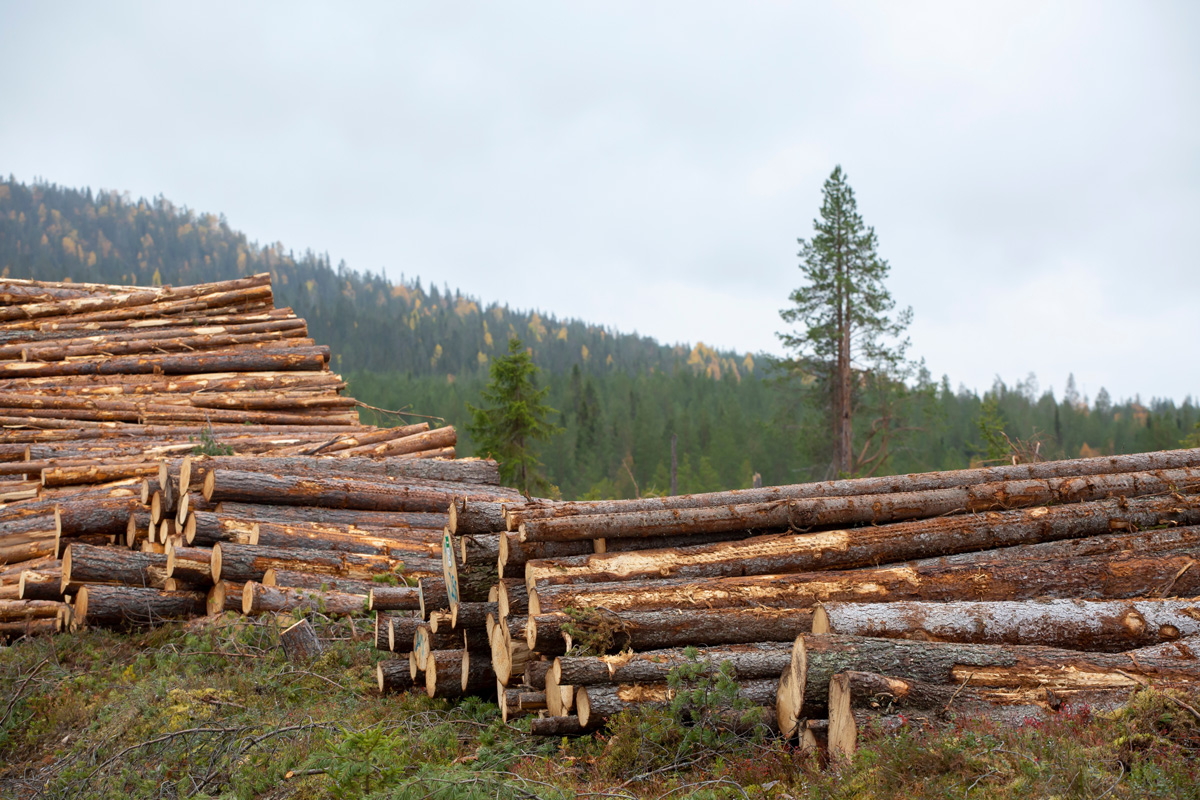Natural resources are the materials and substances that come from the Earth and are used by humans. These resources include minerals, fossil fuels, water, and forests. Natural resources are essential for human survival and well-being.
Natural resources are being depleted at an alarming rate. This is due to a number of factors, including population growth, economic development, and climate change. Let’s learn more!
Causes of Natural Depletion

Population growth is increasing the demand for natural resources. As the world’s population grows, we need more food, water, energy, and other resources. This is putting a strain on our natural resources, and it is leading to their depletion.
Economic development is also leading to the depletion of natural resources. As economies grow, there is more demand for natural resources to fuel that growth. This demand is leading to the extraction of more and more resources, and it is putting a strain on our planet’s ecosystems.
Climate change is also exacerbating the problem of natural resources depletion. Climate change is causing extreme weather events, such as droughts, floods, and wildfires. These events are destroying natural resources, and they are making it more difficult to access them.
The depletion of natural resources is having a number of negative consequences. These include environmental degradation, economic instability, and social inequality.
Environmental degradation is the destruction of the natural environment. This can be caused by pollution, deforestation, and overfishing. The depletion of natural resources is contributing to environmental degradation, and it is making it harder for us to live sustainably on Earth.
Economic instability is the disruption of the economy due to a shortage of natural resources. This can lead to job losses, inflation, and economic recession. The depletion of natural resources is contributing to economic instability, and it is making it harder for us to build a strong economy.
Social inequality is the gap between the rich and the poor. The depletion of natural resources is exacerbating social inequality, as the poor are often the most vulnerable to the effects of environmental degradation.
There are a number of things that can be done to address the problem of natural resources depletion. These include:
- Reducing population growth: Reducing population growth will help to reduce the demand for natural resources.
- Promoting sustainable development: Sustainable development is the development that meets the needs of the present without compromising the ability of future generations to meet their own needs. This means using natural resources in a way that does not harm the environment and that ensures that everyone has access to the resources they need to live a good life.
- Mitigating the effects of climate change: Mitigating the effects of climate change will help to protect natural resources from the impacts of climate change. This can be done by reducing greenhouse gas emissions, adapting to the effects of climate change, and investing in renewable energy sources.
It is important to act now to address the problem of natural resources depletion. If we do not, we will face serious consequences for our environment, our economy, and our society.
In addition to the above, here are some other things that individuals can do to help reduce natural resources depletion:

Conserve water.
Turn off the faucet when you brush your teeth, take shorter showers, and fix any leaks in your home.
Recycle and compost.
Recycling helps to reduce the amount of waste sent to landfills, which can help to conserve natural resources like water and energy. Composting helps to reduce the amount of waste sent to landfills, and it also creates nutrient-rich soil that can be used to grow plants.
Choose sustainable products.
When you’re shopping, look for products that are made from recycled materials or that are produced in a sustainable way.
Support sustainable businesses.
When you buy from sustainable businesses, you’re helping to create a demand for sustainable products and services.
Get involved in your community.
There are many ways to get involved in your community to help reduce natural resources depletion. You can volunteer for an environmental organization, start a recycling program in your neighborhood, or advocate for sustainable policies at the local, state, or national level.
By taking these steps, we can all help to reduce natural resources depletion and create a more sustainable future for ourselves and our planet.
